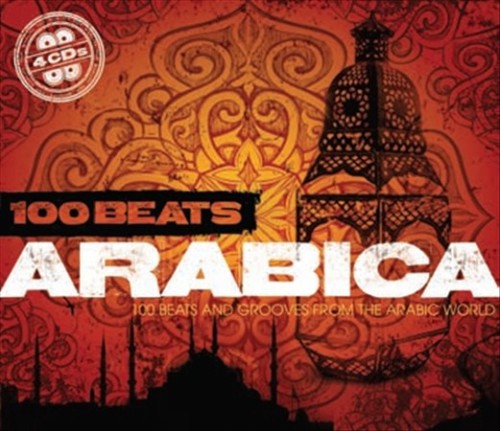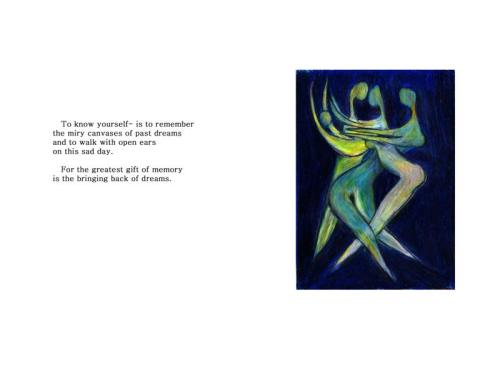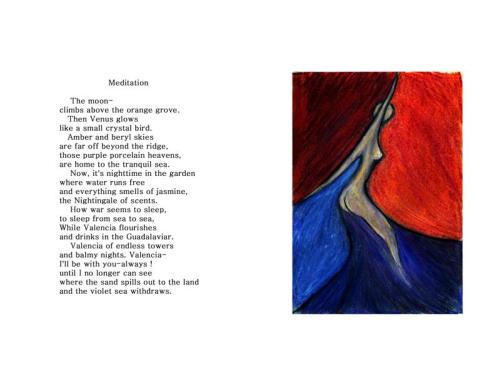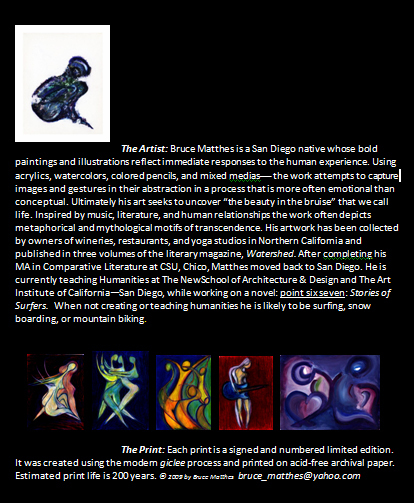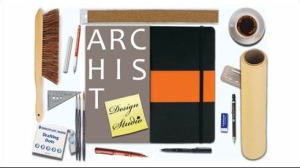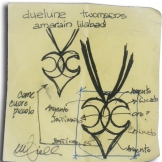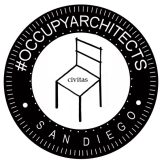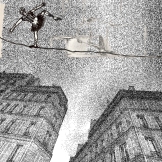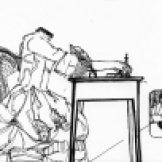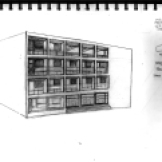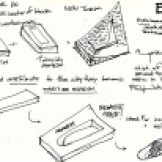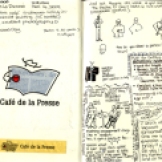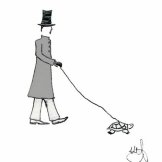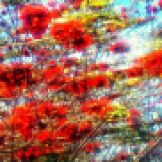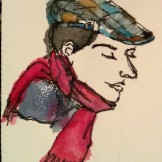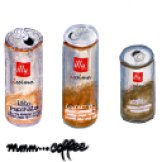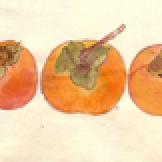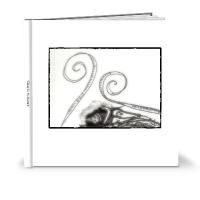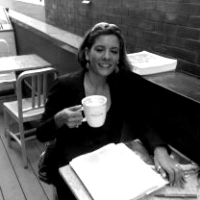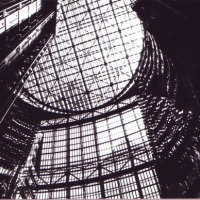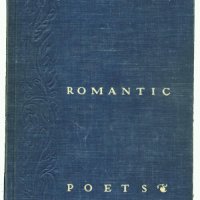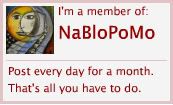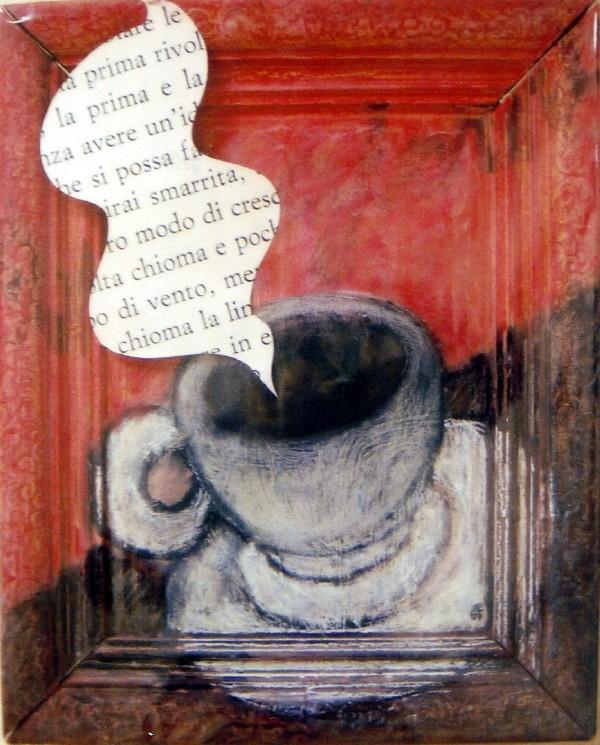
The French poet Paul Valéry said that all things are generated from an interruption. I learned this from my favorite Italian thinker, Alessandro Baricco, here in en español, whose lectures – to be found only in Italian – I listen to to learn about literature, writing, and life.
There were many interruptions this year, and not just personal. I can think of the devastating Hurricane Irma in my beloved, beautiful Puerto Rico, or the September 19 earthquake in my favorite city this side of the Atlantic, Ciudad De México – which occurred on the 32nd Anniversary of an earthquake that killed more that 10.000 people.
My personal earthquake and hurricane happened on August 21 of this year, when my dad passed away. I can now finally begin to write this sentence, and about it, without being swallowed up in the chasm that this loss left in my life. I know his spirit went back to his sea, where he returned, and I feel he is near, both inside my heart and dancing around in freedom and light. I like to think I can take him with me wherever I go now, and share my life in a more immediate way. I like to think his energy was transformed into waves of the sea. The sea can hug you, yet you can’t hug the sea, his immensity. I like to think he is in a butterfly, sometimes in a song. A friend of mine wrote “I heard your dad went back to the Universe”. I like that.
My dad loved the Old Man and The Sea, drawing boats and fish, Jonathan Seagull, reading, Venice, watching documentaries on nature, fishing, and working on his boat. He loved his friends and he loved me. He is the reason art is in my life. He is the reason I read One Hundred Years of Solitude in middle school (I used to raid the books of his youth unbeknownst to both my parents). It became my favorite book, it still is, and magical realism, anarchy and arcane literary worlds shaped who I am.
I thought about coming back to SketchBloom with a post on Van Gogh, and the film Loving Vincent, which I saw this month. The movie reminded me of my dad, of his love of painting, his simple bedroom , and his fisherman shack on the beach, La Baracca Del Bucaniere, which he lovely composed for the last ten years of his life here on the Earth school.
That post is in the pipeline, and I took new photos of his sculpture when I was last in Calabria – but I wanted to return with a sketch, a return to art.
I just got back from Mexico (that is how the locals call it, Mexico…no need to use “Ciudad de”) yesterday, where I finally got over my protracted artist’s block.
Here, a simple sketch (above) and some photos/vignettes/stories I bring back from my trip.
Walking in Coyoacán – Frida’s neighborhood:


Scenes from Roma, one of the neighborhoods of DF:


Ꮬ
This is Barba Azul, a cabaret from another era, where salsa is danced from midnight till dawn, where there is an altar upstairs (I have seen them in parking lots, too) and where the exit is a tiny rectangle carved into a decorated garage door- something out Pinocchio’s Paese dei Balocchi (toyland)…or a circus in a Fellini movie. One of the many surreal vignettes of this metropolis.
Unfortunately I could not take a better photo of it (with the usher emerging!) but it is on my list for next time. I also learned about the ficheras , the ladies of the establishment who sell a dance for a token (and more, at their discretion).



The obligatory photo of the Palacio De Bellas Artes, November 2017 version:

Where I had the chance to see Diego Rivera’s murals…

…and learn about the Rojo Mexicano (the red pigment from cochinilla bugs found inside the cactus fruits in Oaxaca, which was utilized in paintings around the world from the XV Century to the XIX) and see Van Gogh’s Bedroom At Arles with my own eyes (!!!).
Ꮬ
I also visited Cuernavaca, La Ciudad de la Eterna Primavera (The City of the Eternal Spring), where i completed my yearly self-evaluation for #work in a garden within Jardines de Mexico, surrounded by butterflies. Talk about INSPIRING.









Italian Garden at Jardines De Mexico (my favorite, obv)





In Cuernavaca, I stayed in a copy of Unité d’Habitacion (but if you follow me on Instagram you already know this).

Ꮝ
I want to close with a poem by Octavio Paz — who is considered the greatest Mexican poet and thinker — and, of course, was a native of Mexico City.
This is his poem Hablo de la Ciudad | I Speak of the City. Below the text in the original Spanish and the translation in English.
This poem perfectly encapsulates what Mexico City is. I have more posts on La Ciudad to craft, from my previous visits, and more poetry- but this shall suffice for tonight.
Here is to more gentle earthquakes and hurricanes in 2018, inner ones to bring soul renewals, and to a kinder year.







For the Aztecs, this was the bellybutton of the Moon.
Nos vemos pronto, Tenochtitlán.


























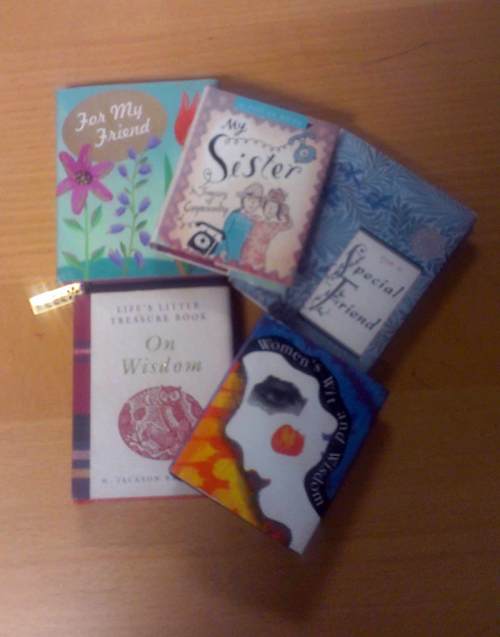











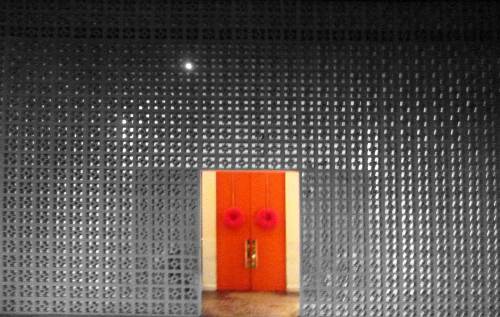



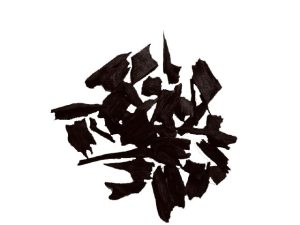





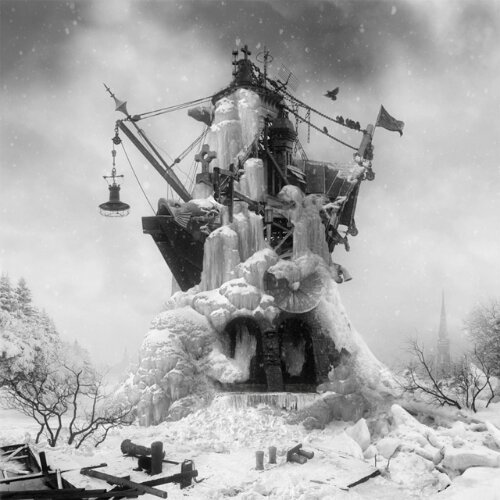
























 tre·pid
tre·pid i·ty embedded on it.
i·ty embedded on it.






























































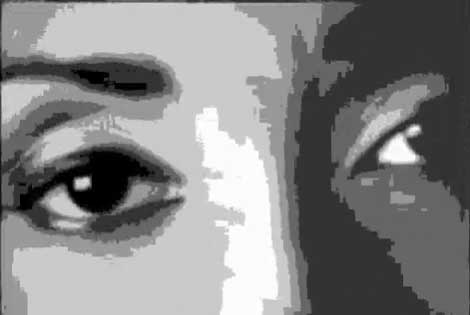










![AYAM ZAMAN[1]](https://sketchbloom.files.wordpress.com/2010/08/ayam-zaman1.jpg?w=500)

